Kakadu, Katherine & Litchfield
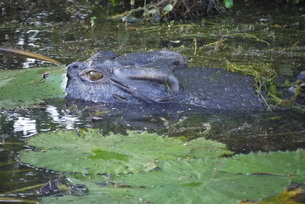
A two week tour of Australia’s Northern Territories and the Red Centre
For full itinerary please click here.
Part 4: Kakadu, Katherine & Litchfield
On Sunday night I watched Crocodile Dundee, the iconic film starring Paul Hogan and Linda Kozlowski, a story of a croc wrestling bushman in Kakadu called Mick. Do you know how old that film is? This will make you feel old. This year it will celebrate its 30th anniversary.
Kakadu
My first piece of advice for this part of the trip is: Don’t go in the wet season. Most of the park is shut. We visited in early April, which according to Kakadu’s Park Pass pricing system is considered to be the start of the Dry Season. However, after handing over AUS$100 we found that most of the park was shut and still waterlogged, making the fee a very expensive toll to drive on the only road that runs through the park.
When they are open, there are some beautiful walks however, and if you get the chance to go, take it. It doesn’t even matter if you don’t like walking. Most of the routes are very short, just a kilometre or so. Ubirr and the Sandstone walks are pretty, as is the climb to the Mirrai lookout.
There’s a short walk at Nourlangie, which will give you a flavour of the views, as well as some interesting rock paintings, or if you go early enough you can walk the full 12km. The routes are generally well signposted, although some of the maps and noticeboards are a little worn.
Before heading out get advice from the Bowali Visitors’ Centre on what’s open, what to see and what provisions you’ll need. Our girls loved the exhibition at the centre so it’s worth visit, and there’s free wifi!
One of the highlights, although a little pricey, was the Yellow River cruise. With an interesting commentary and a guide who had better eyes than a hawk, there was plenty to see. Who doesn’t want to search for crocodiles from the safety of a boat? Just keep all body parts inside the vessel. These snappers really do bite.
To cool off from the heat and humidity visit the Yurmikmik Motor Car Falls, which are free of crocodiles. (Don’t take our word for it. Crocs have a tendency to move around with the changing water levels so check before you go.) The water is clear, clean and cool. Although a linear walk of 7-9km, you can break it up with a short detour to climb to a look out.
Katherine
You don’t visit for the upbeat, cool vibe of the town, because it doesn't have one. It’s a pleasant enough place to stop, but our real focus was a visit to the Katherine Gorge. Owned by the local Jawoyn people, the Nitmiluk Gorge, as it is also known, offers an insight into the cultural significance of these rocks. Our guide was brilliant at giving us information on the indigineous way of life, as well as the geology, flora and fauna.
We also spent time at the Katherine hot springs. The water is beautifully clean, but unfortunately the river bank has been concreted and reinforced, and the changing rooms are now derelict.
Litchfield National Park
Batchelor is the gateway to the park, a interesting little hamlet built on what was a demonstration farm established in 1912 by EL Batchelor. The discovery of uranium in 1949 led to an economic boom, although the mines were shut in the early 1970s.
You can spend days exploring the falls and walks of the park, but for a short refresher on the way back to Darwin we dipped into Florence Falls, a double waterfall with a natural splash pool for swimming.
If you’ve been to the Red Centre, this circular route at the Top End of Australia is a great trip, especially with children. Whether you’re looking for restaurants and bars, swimming, walking, wildlife, culture or history, there is something for everyone.
Trip details
Kakadu:
Where we stayed:
Kakadu - Cooinda Lodge. Tired and could do with sprucing up, but good location, clean linen and great dinner (not so impressed with the breakfast) and swimming pool.
What we ate:
Fish and chips, kangaroo burgers and lamb shank from Cooinda. Sandwiches, pastries and ice cream from Jabiru bakery.
Katherine:
Where we stayed:
Shady Lane Tourist Park, one of the best I've been to. A clean, neat and pleasant family-run campsite, which also has great little cabins on stilts. The river flooded in 1998, rising to a peak of 20.4m, hence the stilts.
Where we ate:
Not a great selection, but the Katherine RSL Club is the hub of the community.
Part 1: Darwin
Part 2: Alice Springs
Part 3: The Red Centre
More photos

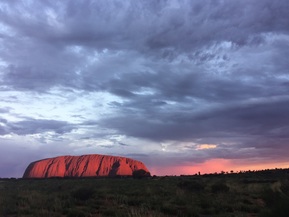
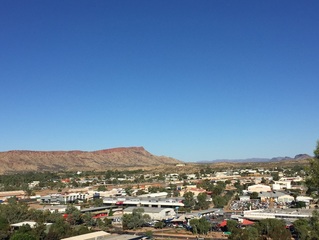
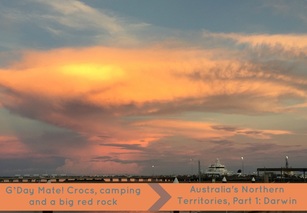
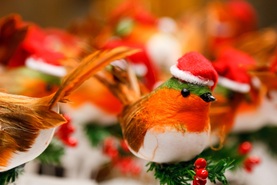
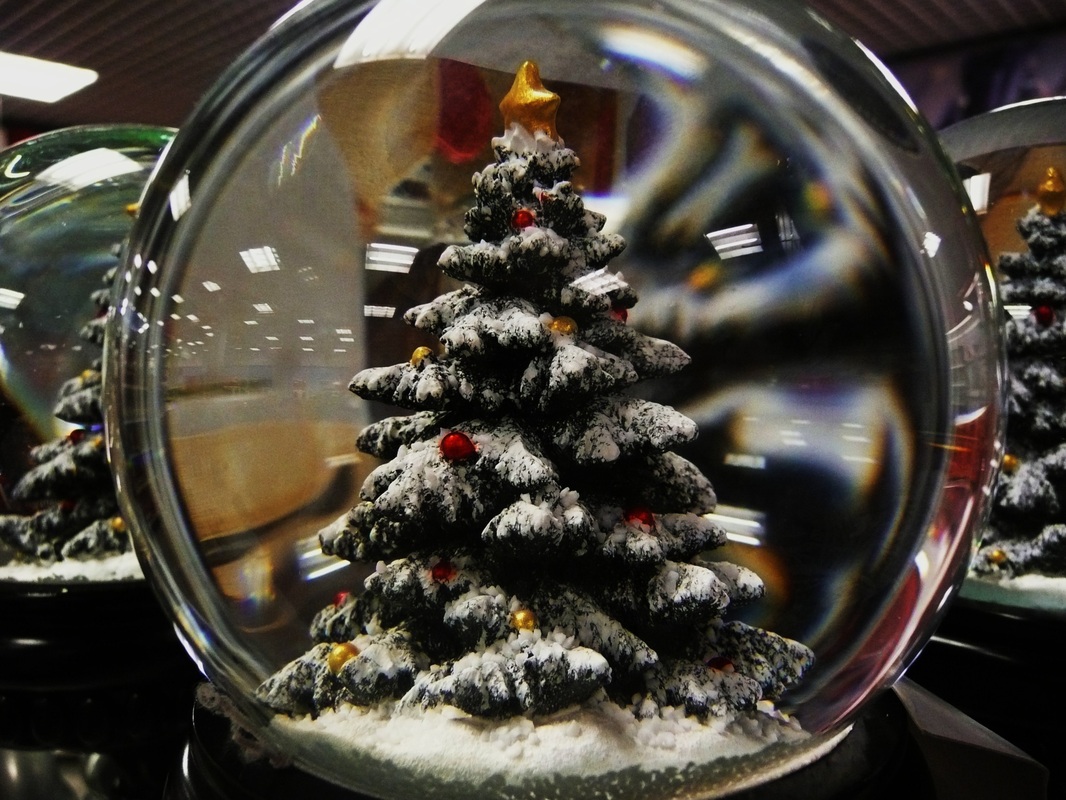
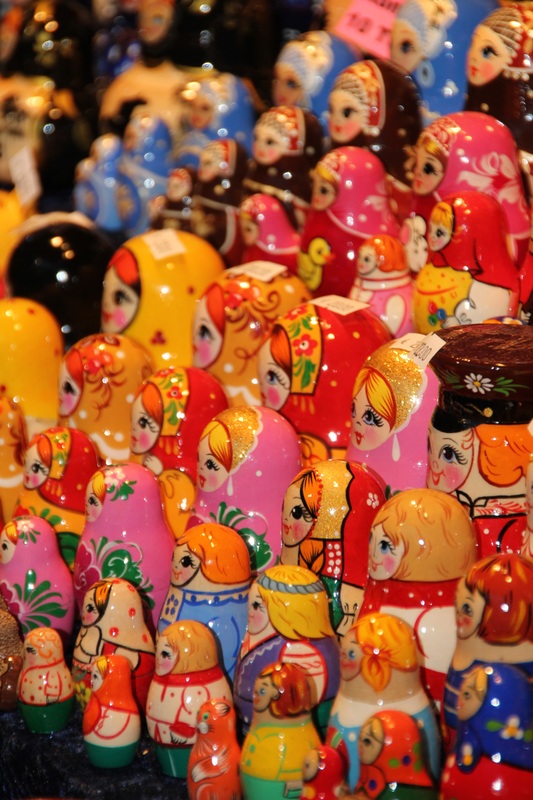
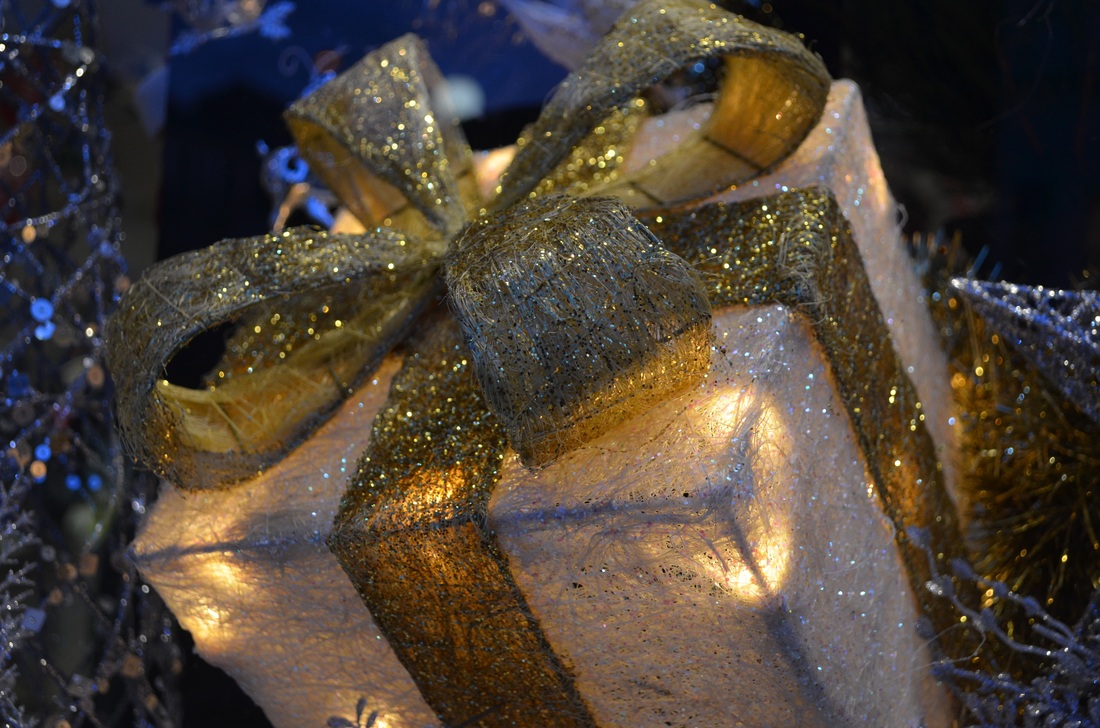
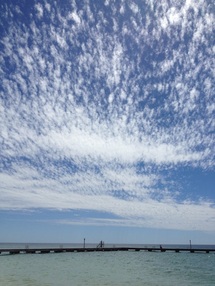
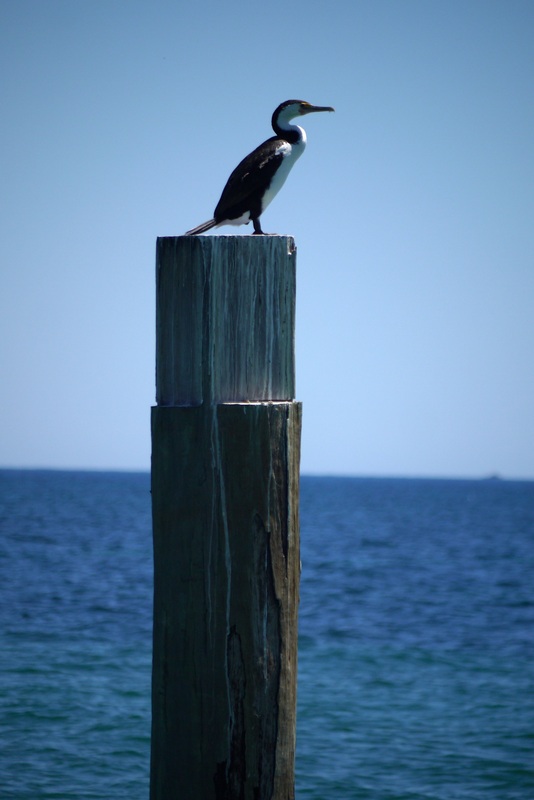
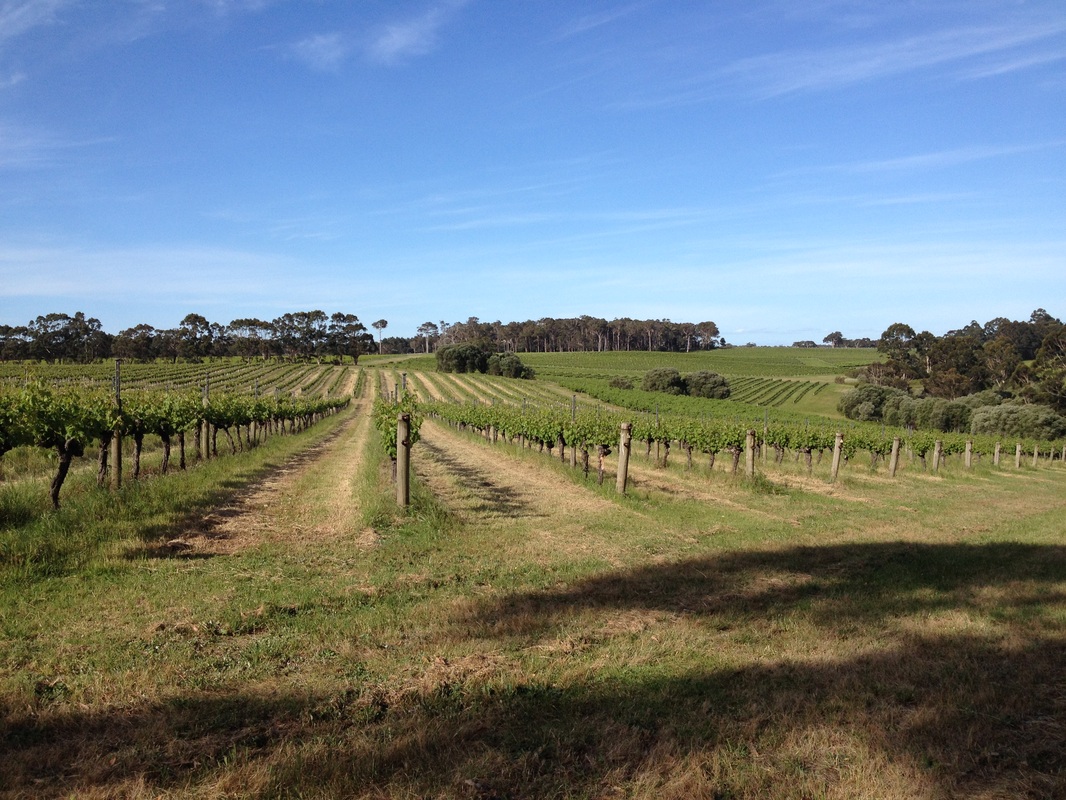

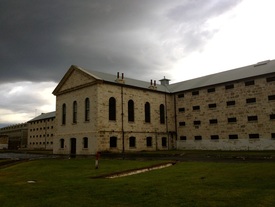
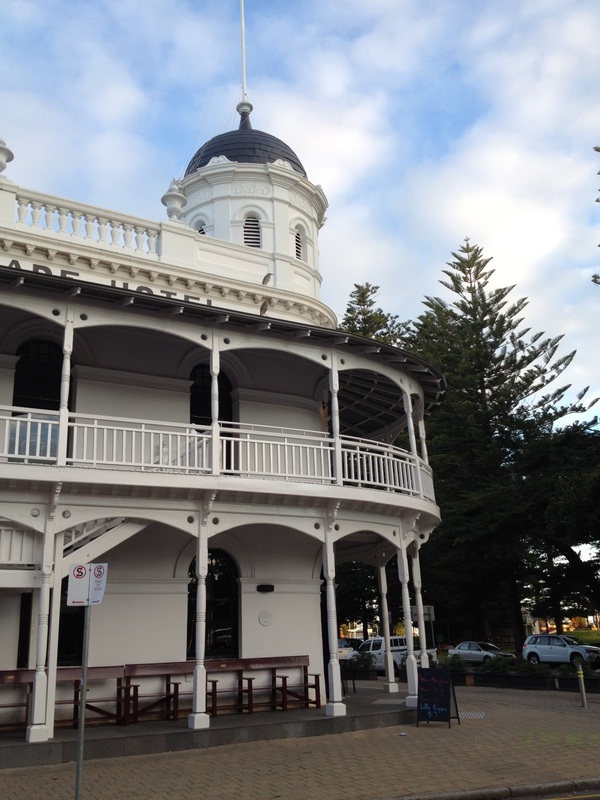
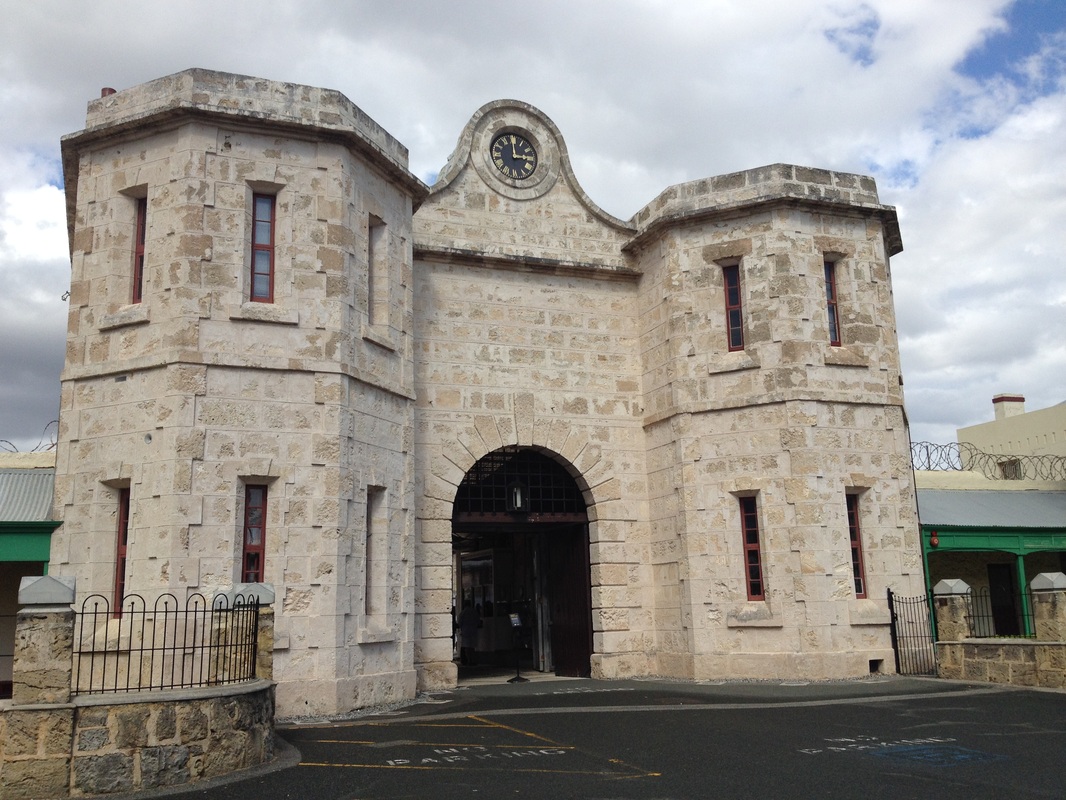
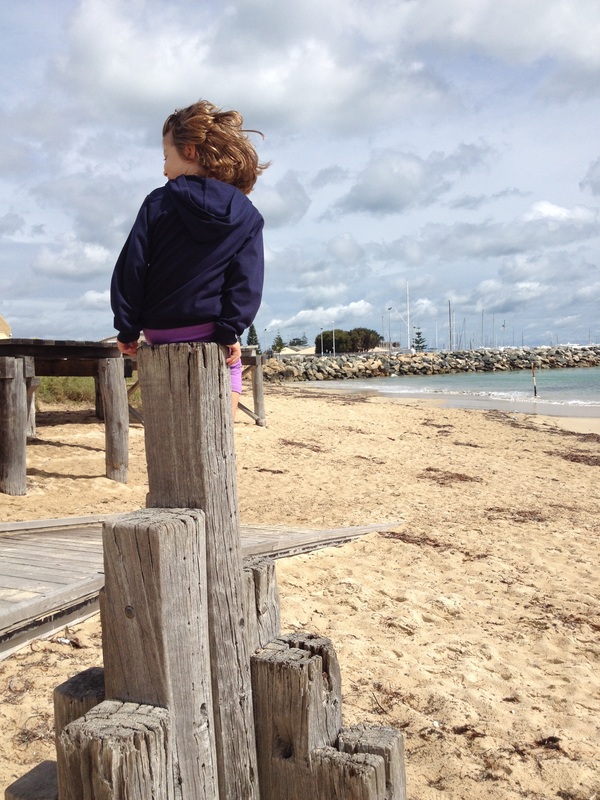
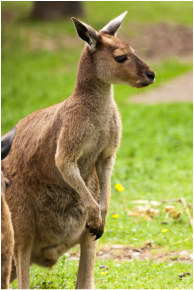
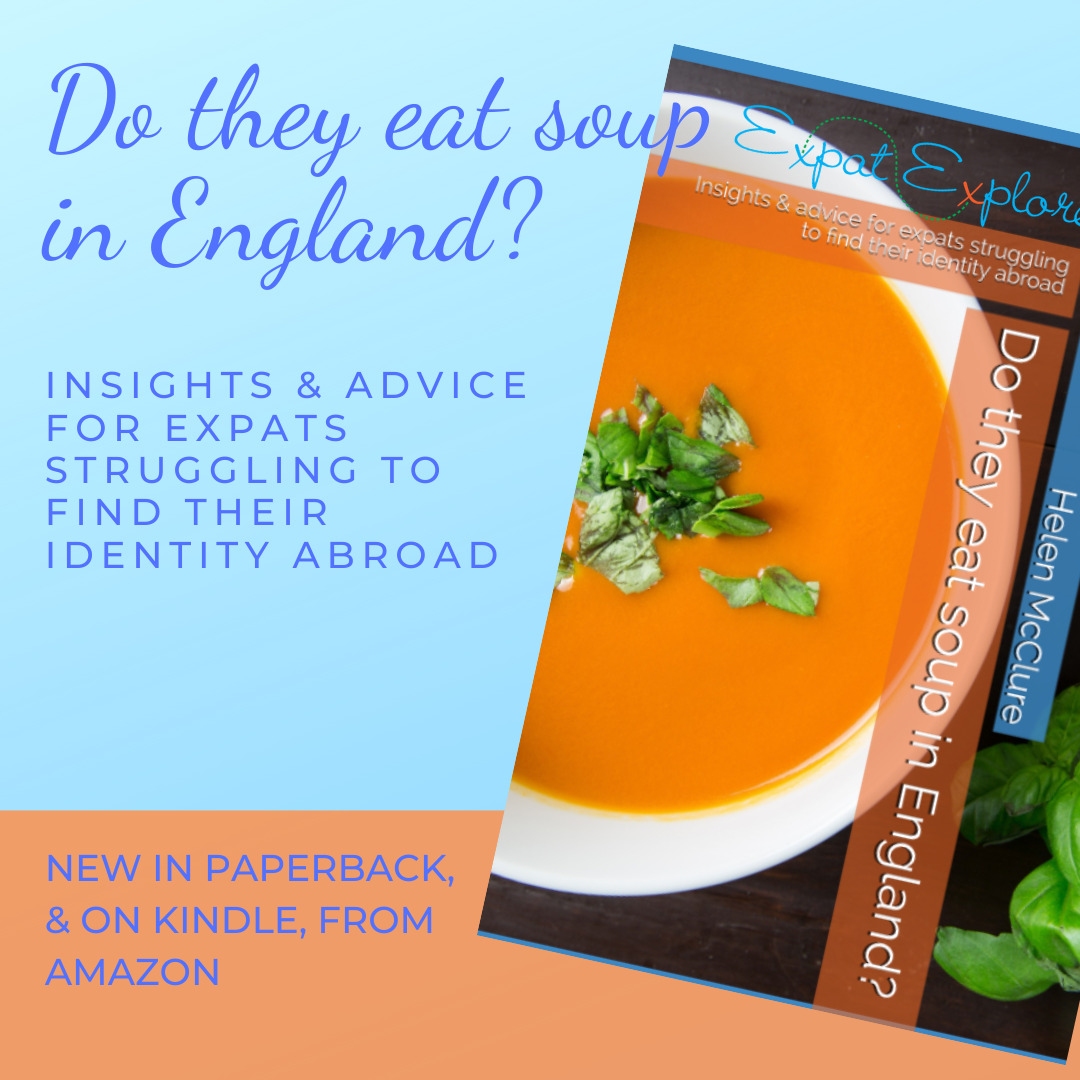

 RSS Feed
RSS Feed
